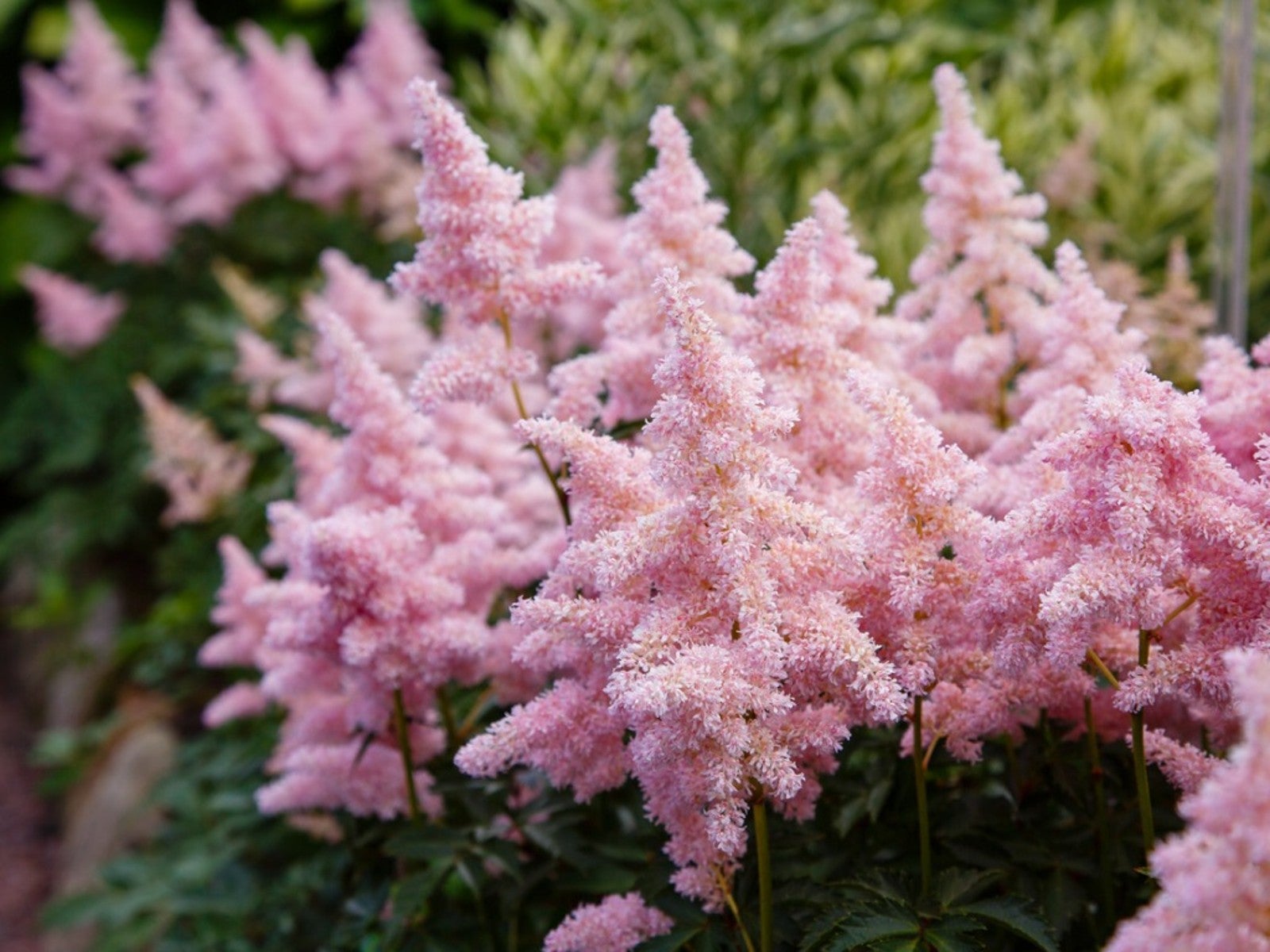Colorful Shade Plants: Add A Splash Of Color To Your Shade Garden


The growing season sees gardeners eagerly planning their color displays. Whether annuals or perennials are the preference, selecting the hues and tones is one of the magical parts of spring. Colorful shade plants are considered to be a challenge, since many of our flowering plants desire sun. However, with new breeding and hybrid programs, today's plant selections offer a wild array of blooming shade plants.
Gardens with limited sunshine often lack flowering plants for shade. Such plants brighten low light areas and provide the flowers necessary for pollinators and pleasure. There are specimens of red, orange, blue, white, yellow, and purple shade plants. So, no matter the color scheme, there are plenty of plants for the shade flower garden.
Planning the Shade Flower Garden
There are many things to consider when starting a shade garden. The low light situation is just one of them. The type of soil, competition from tree roots, soil porosity, and amount of shade are all important. Plants need light to photosynthesize and thrive, so an area with dense shade that allows no sunlight will be challenging for any species. Cutting back limbs and branches on trees and bushes can help introduce the much needed light for at least part of the day and encourage blooming shade plants. Mature size and deer resistance are two other considerations. Ease of maintenance, and pest and disease issues round out the list.
Annual Flowering Plants for Shade
Annuals are one of the quickest ways to establish a shade garden with color. While they only last until the cold season hits, they are inexpensive, bloom quickly, and offer a wide range of varieties. When combined with groundcovers or grasses, they reflect light and provide an interesting palette of color. Annuals will generally bloom from spring until fall. Some annual flowering plants for shade to try:
Perennials for Shade
Using perennials as colorful shade plants is easy on the pocketbook. These plants will last for many years and can often be divided to make more plants. Many perennials are cold hardy and useful in northern zones, especially with protective mulch over them in winter. Blooming plants still need some sun and will perform poorly in northern sites of the garden under trees or bushes. Partial sun perennials should have at least four to six hours of sun per day. The light can be indirect but should hit the plants at least partially for that length of time in order to promote blooming.��
- Toad Lily
- Mahonia
- Ginger
- Hydrangea
- Heuchera
- Brunnera
- Astilbe
- Hosta
- Bleeding Heart
- Lungwort
- Jacob's Ladder
- Cyclamen
- Japanese Anemone
- Foamflower
- Perennial Geranium
- Monkshood
- Blue-Eyed Grass
Sign up for the Gardening Know How newsletter today and receive a free copy of our e-book "How to Grow Delicious Tomatoes".

Bonnie Grant is a professional landscaper with a Certification in Urban Gardening. She has been gardening and writing for 15 years. A former professional chef, she has a passion for edible landscaping.